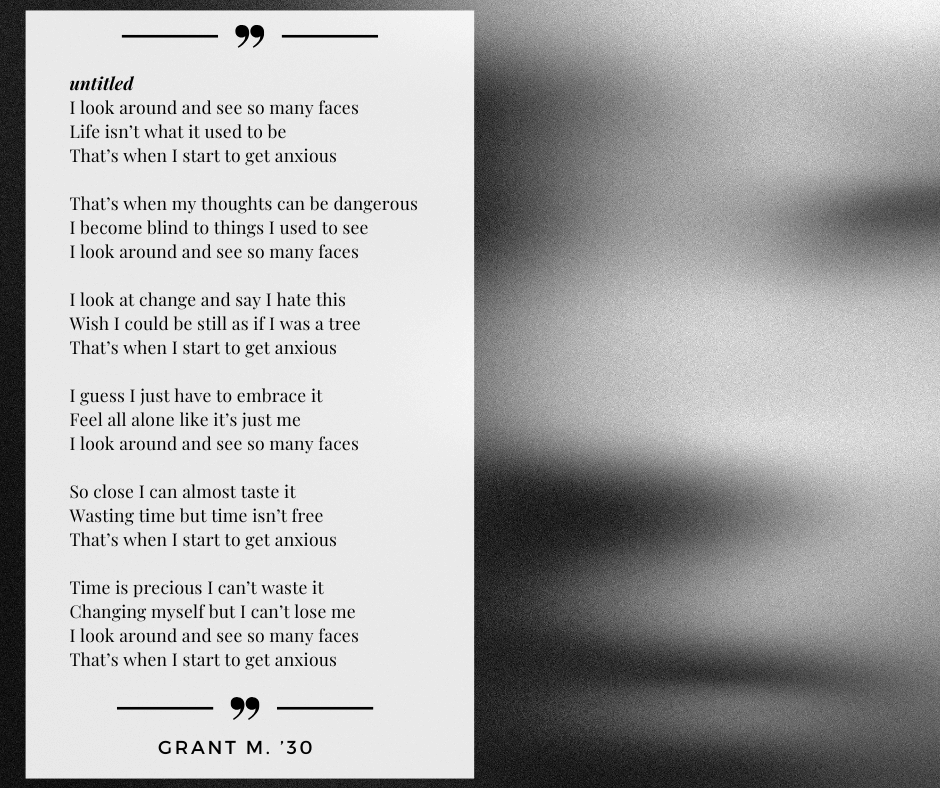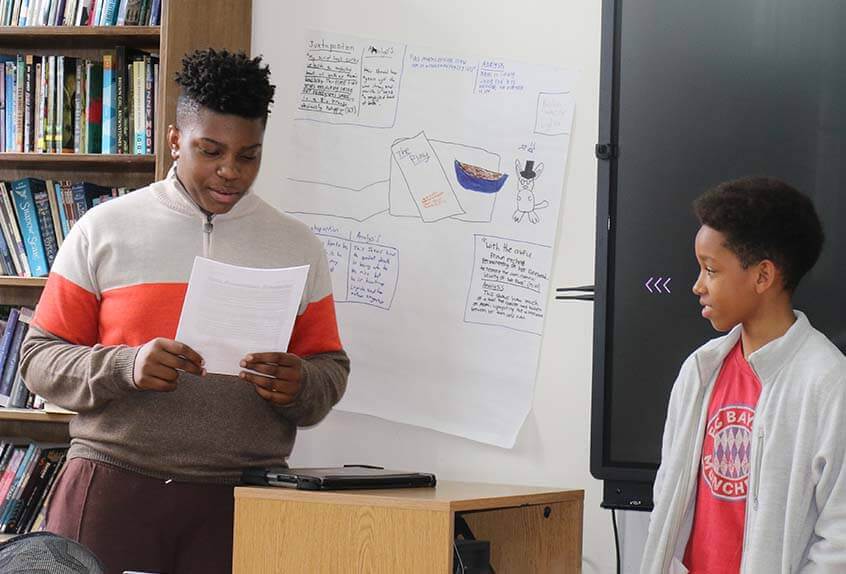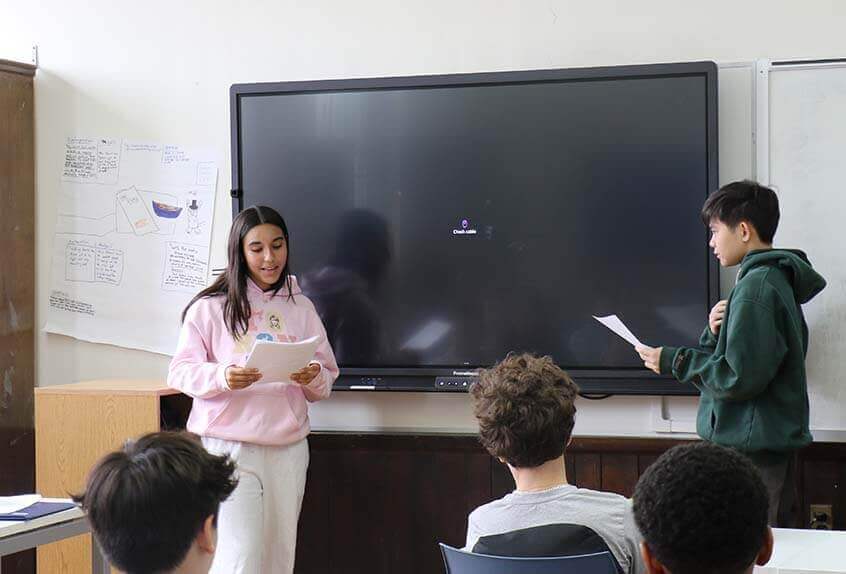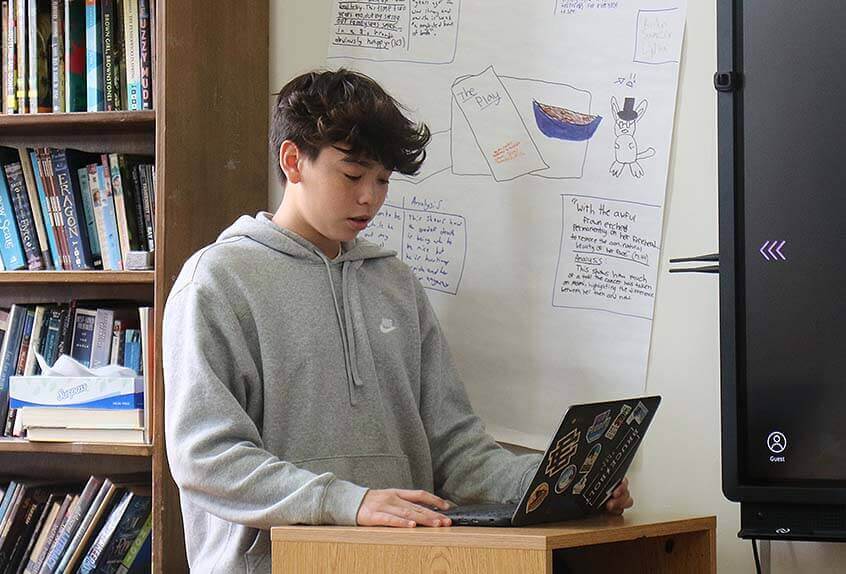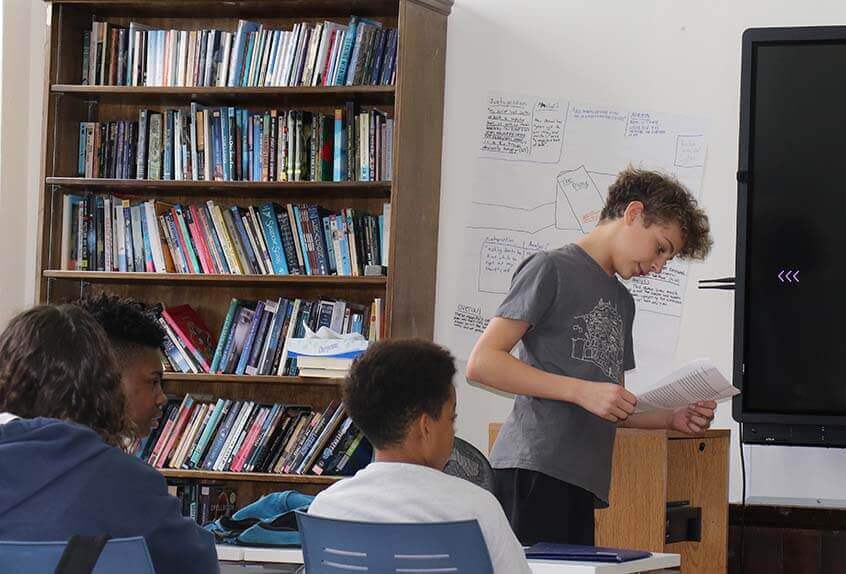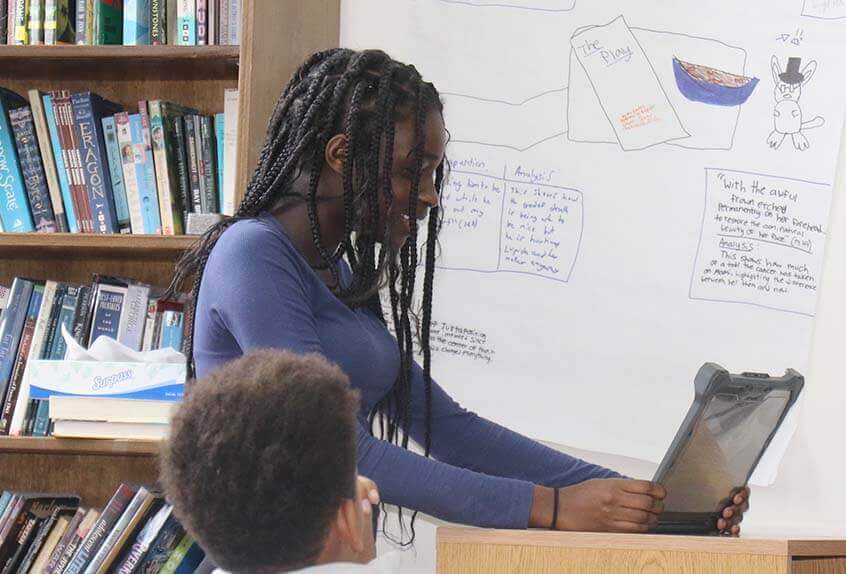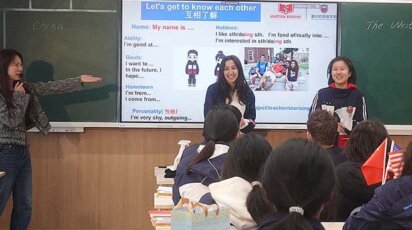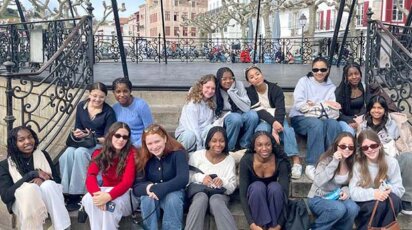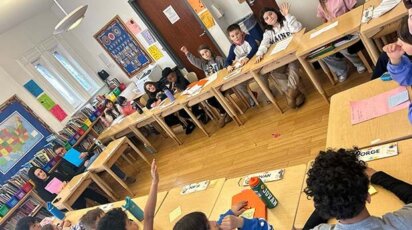News
Find Your Creative Voice: Lee Marcus Brings Harvard Expertise to Poly
“[Harvard University’s Poetry in America for Teachers] helped me to think critically about form and structure and the ways that those elements of poetry influence a poem’s meaning. By putting myself into the mindset of a student, I have a better sense of the needs of my seventh and ninth grade students and can anticipate how to help them find their creative voices.” – Lee Marcus
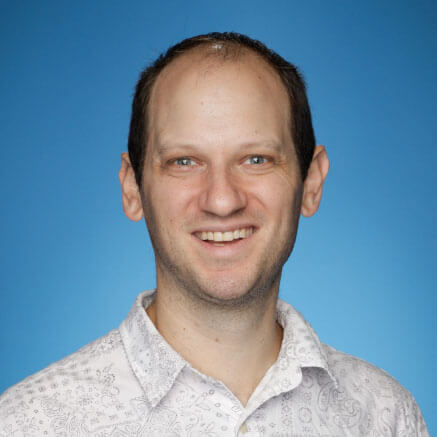
English faculty member Lee Marcus helps Middle and Upper School students become stronger readers and practitioners of poetry, guiding them through the study of figurative language, poetic devices, and the analysis of works by classic and contemporary poets to foster a deeper connection to the genre. Last summer, while students enjoyed their break between academic years, Marcus aimed to develop coursework that would challenge students’ preconceptions about poetry, through a professional development opportunity provided by financial contributions to Annual Giving. Immersing himself as a student of the genre, he undertook an extensive study of American poets with Harvard University’s Poetry in America for Teachers: The City from Whitman to Hip Hop course. As a result, he began the school year with an expanded perspective and a new set of tools to guide students in the complex art of poetry, further deepening the literary education offered on the Dyker Heights campus.
Course Highlights
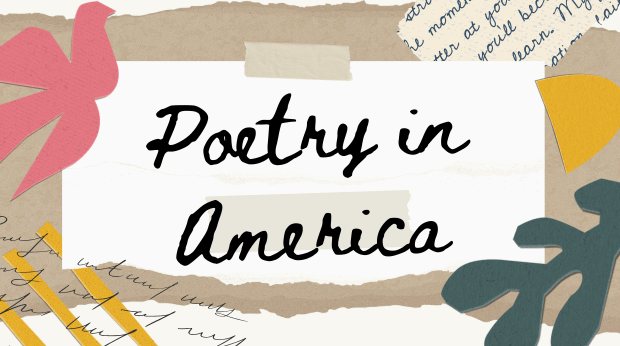
Through lectures, shared discussions, and generative writing exercises, the online workshop explored American poetry from Walt Whitman to the present day, focusing on how poets’ themes, forms, and voices have shaped visions of American cities since 1850. By studying writers such as Frank O’Hara, Gwendolyn Brooks, Allen Ginsberg, and others, as well as contemporary hip-hop and spoken word artists, the course introduced content and techniques designed to help students and educators engage with increasingly complex texts. All readings and activities were carefully selected and developed with the Common Core English Language Arts (ELA) standards for grades six through 12 in mind.
“The course equipped me with a variety of new ways with which to approach the study of poetry, Marcus said. “It helped me to think critically about form and structure and the ways that those elements of poetry influence a poem’s meaning. By putting myself into the mindset of a student, I have a better sense of the needs of my seventh and ninth grade students and can anticipate how to help them find their creative voices.”
Taking Professional Development to the Classroom
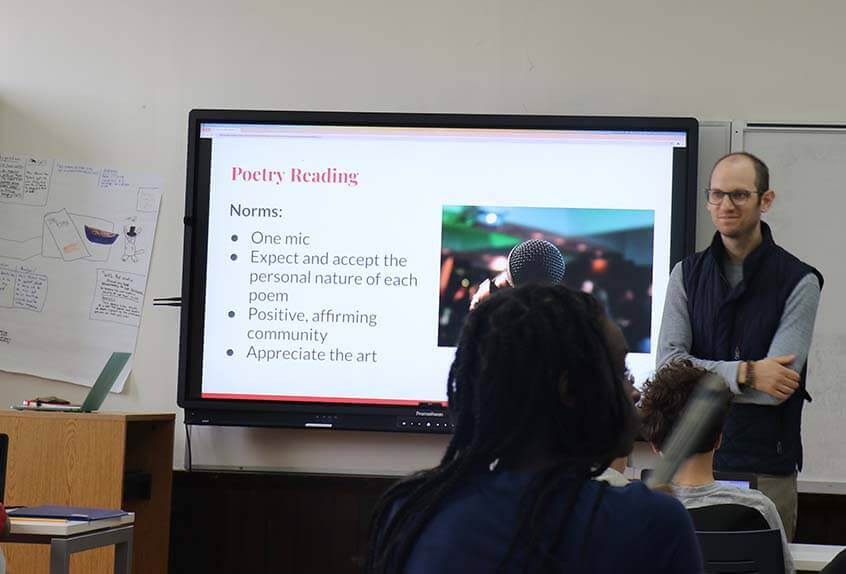
This spring, Marcus’ classes embarked on a poetry unit filled with exploration, creativity, and collaboration. Students were taught to listen closely to selected poems for their “music and heartbeat,” encouraged to “let it wash over you” before focusing on the poem’s literal meaning. First, they engaged with the emotional life of each poem, its gift to the reader, and then moved into a close analysis of its figurative language, poetic devices, mood, tone, and underlying ideas. Students also examined how different poets uniquely embody language and technique, assessing each poem for deeper insights into the poet’s intentions and beliefs.
Throughout the unit, students practiced annotation and studied classic poetic forms such as the villanelle and the sonnet. They balanced analytical and creative writing, often collaborating with partners in ways that mirror traditional college-level creative writing workshop practices. In these workshops, students shared their poems, received feedback from trusted classmates, and revised their work accordingly. As the unit culminated, students honed their final pieces in preparation for a celebratory class reading: a showcase of their in-depth study and growing love of poetry.
On Wednesday, April 16, Marcus’ Grade 7 English class hosted a whole-class poetry reading. Working in pairs, students prepared introductions that reflected on the significance of their partner’s poem, explaining its meaning, highlighting common themes, and celebrating the poet’s unique style and thematic choices. Each student introduced their partner before the poem was read aloud, then the roles reversed, creating a dynamic exchange between performers. This format allowed students’ final works to be in conversation with one another, fostering a lively atmosphere of listening, reflection, and performance. The event took on an open-mic style, with students sharing the classroom stage and engaging their peers at different levels as both attentive listeners and confident presenters.
Student Reflections & Poems
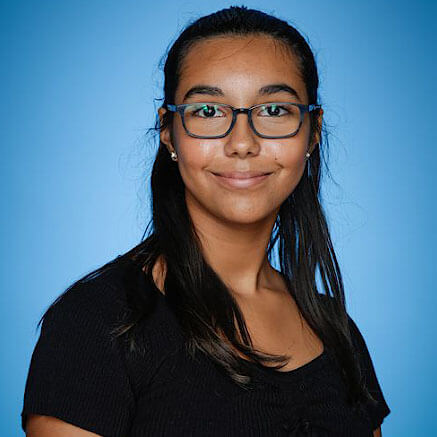
Liliana R. ’30 reflected that studying poetry deeply informed her approach to writing, helping her understand that while traditional forms offer structure, poets have limitless options for creative expression within and beyond those boundaries. She shared: “Reading a variety of poetry in class, as well as writing different styles of poetry, made me realize that poetry is subjective. There aren’t strict rules you have to follow (though of course some styles do have specific forms). One thing we did in class that really helped my understanding was that each poem had an introduction. The introductions allowed my classmates and me to better analyze the poetry we were hearing, and I believe that the introduction written for my poem definitely helped others in the same way.”
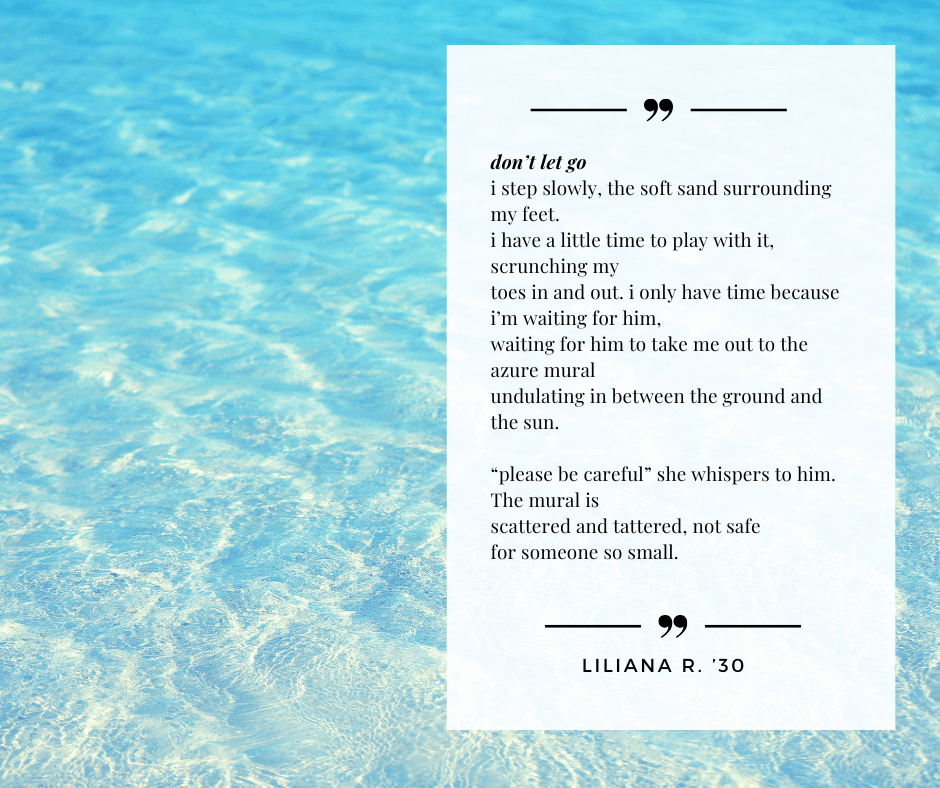
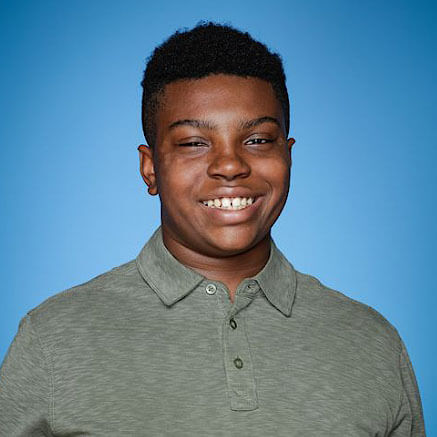
Grant M. ’30 reflected that studying poetry this year helped him rethink common misconceptions about the genre, particularly the idea that poetry is always abstract and obscure. Reading free-verse poetry, in particular, helped him see that many poets create work that feels more clear and concrete. He shared: “It was interesting to see just how few rules a poem can have. I used to think poetry was just a bunch of riddles to be decoded, and I never really understood why poets couldn’t just be straightforward about what they wanted to say. I still feel that way about a lot of poems, but I learned that not all poetry has to be like that.”
